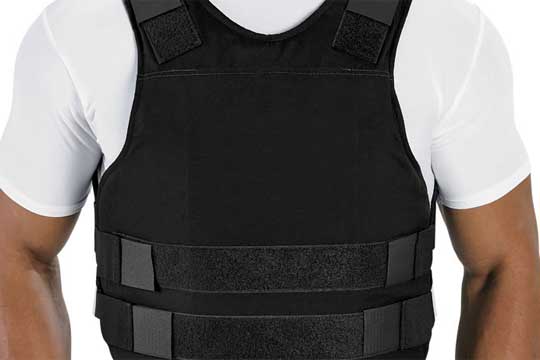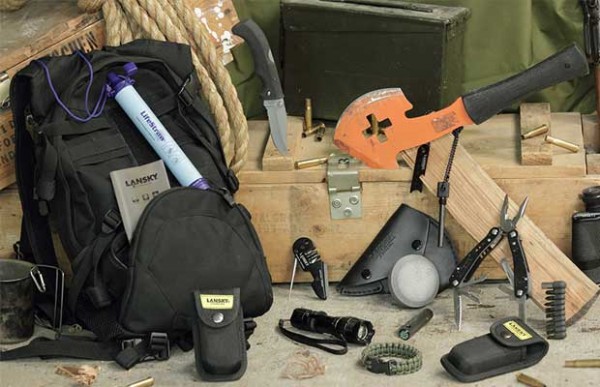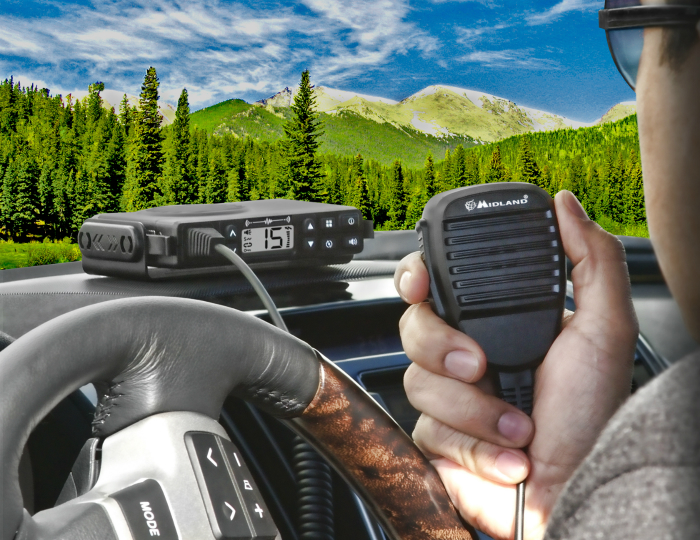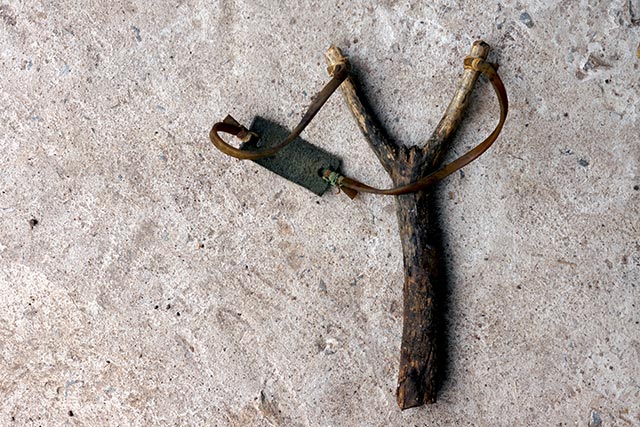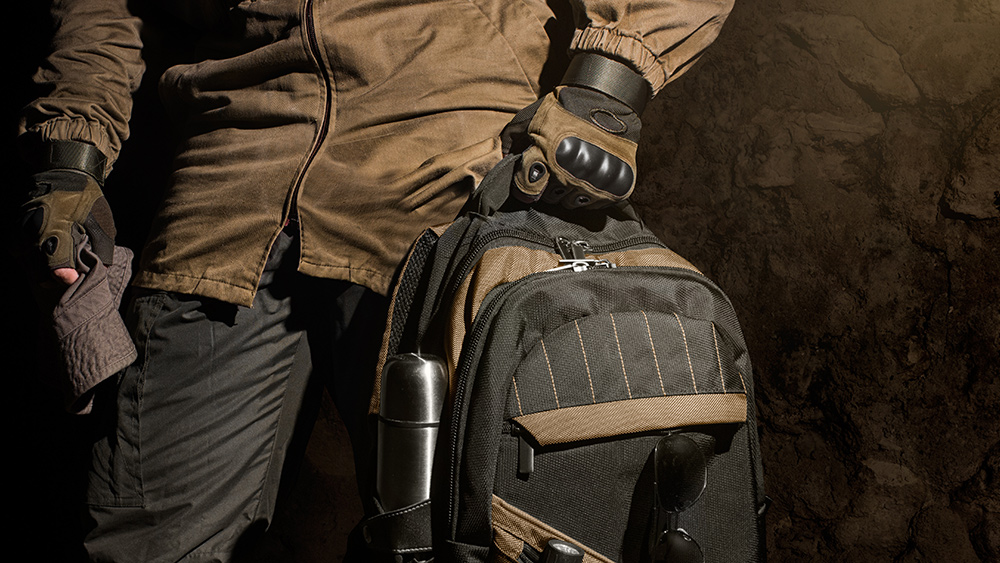Survival essentials: 10 Creative ways to use a survival blanket
11/10/2021 / By Virgilio Marin
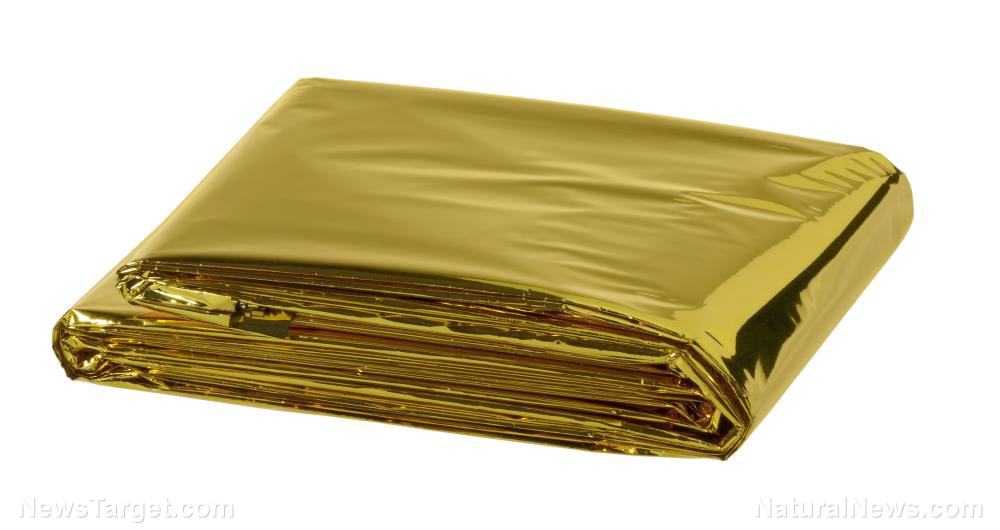
Survival blankets are versatile essential items that can be used in a lot of ways. Also known as space blankets, heat sheets or mylar blankets, they are made of a heat-reflecting, waterproof material that is incredibly useful in survival situations. Here are a few creative ways to use survival blankets: (h/t o Survivopedia.com)
1. Signaling for help
Most emergency blankets have a chrome-like finish that’s useful if you need to put out an “SOS.” Their highly reflective surface bounces off light, acting like a signal from far away. If you off-grid and get lost along the way, tie a survival blanket up on a tall tree to alert anyone nearby.
2. Gathering water
Survival blankets are made of a waterproof material that’s ideal for catching and collecting water. With just a little bit of rainfall, you can collect enough using the blanket. Simply dig a hole in the ground and line it with a survival blanket to make a mini pool. Be sure to raise the edges to avoid any dirty runoff.
3. Building a shelter
Because they’re waterproof, survival blankets can be used to build a makeshift shelter, too. They work just like tarps, which are commonly used to make tents. Survival blankets, however, are more prone to puncturing, so you have to handle them with care. Use a paracord or duct tape to avoid destroying them.
4. Protecting from the cold
Surviving the cold in the middle of an SHTF-event is going to be really tough without the mighty, handy survival blanket. Developed to protect astronauts from the cold of space, a survival blanket is made of a heat-reflecting plastic sheet that offers exceptional thermal control. It prevents heat loss and helps the body maintain an optimum temperature. And when folded, it fits snugly into your bug-out bag.
5. Reflecting off heat
Survival blankets are excellent heat shields too. They can reflect heat away and has a melting point of 500 degrees, making them safe for use near an open fire. If you’re inside a tent and the sun is bearing down on you, put a survival blanket on top of the tent to keep you cool.
6. Waterproofing supplies
Survival blankets are excellent for waterproofing survival supplies. When used as a wrapper, they can keep the contents of your bug-out bag completely dry even when submerged in water.
7. Medical aid
Emergency blankets have many first-aid uses. They can be fashioned into makeshift tourniquets, slings, splints and compression bandages. If you’ve injured a limb, cut strips of the blanket and use them to tie a stick to your limb. This can suffice for the time being. (Related: Survival first aid: Tactical combat casualty care and the MARCH military doctrine.)
8. Starting a fire
Because they reflect light so well, survival blankets can be used to start a fire. They work just like a mirror – all you need is proper kindling, patience and the right angle to concentrate the sunlight into the center of the kindling. After a while, the sun’s light will spark a fire perfect for keeping warm.
9. Cooking
Speaking of fire, did you know that survival blankets can also be used to cook food? Just mold a survival blanket into a nice bowl shape and place meat slices inside. Let the slices sit under the sun and they will eventually cook. If you have an open fire, you can wrap food with survival blankets and place it near the fire.
10. Fishing
Fish like shiny things, so strips of survival blankets will work as an effective lure. Also, you can use them as a spread for cleaning fish to keep dirt from the food.
Versatile and easy to carry, the survival blanket is a survival essential that truly transcends its name. More than just a blanket, it can be used to cook food, build a shelter and even tend to an injury. Keep a survival blanket in your emergency bag in case you need to bug out.
Sources include:
Tagged Under: bug out, how-to, off grid, preparedness, prepper, prepping, survival, survival blanket, survival essentials, survival gear, survivalist, tips
RECENT NEWS & ARTICLES
COPYRIGHT © 2018 SURVIVALGEAR.NEWS
All content posted on this site is protected under Free Speech. SurvivalGear.news is not responsible for content written by contributing authors. The information on this site is provided for educational and entertainment purposes only. It is not intended as a substitute for professional advice of any kind. SurvivalGear.news assumes no responsibility for the use or misuse of this material. All trademarks, registered trademarks and service marks mentioned on this site are the property of their respective owners.






